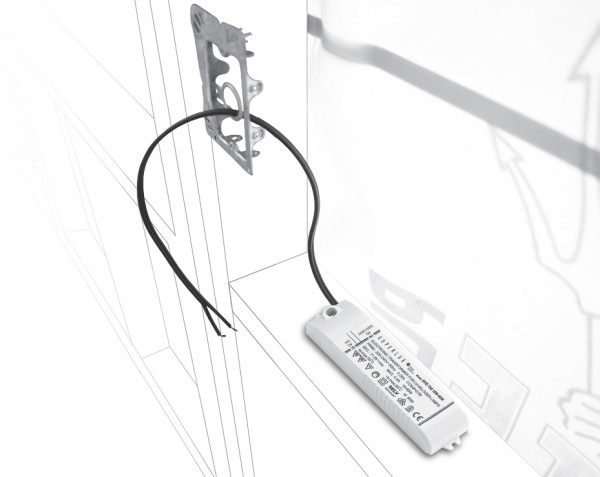Home »
Info Centre » Control Gear Information & Trouble Shooting
CONTROL GEAR INFORMATION & TROUBLE SHOOTING

Electronic Control Gear (ECG) System pitfalls
- ECG has many advantages however it contains delicate componentry and is not as robust as inductive Conventional Control Gear (CCG).
- When using ECG more care has to be taken to consider the likely maximum ambient temperature and the marked TºC of the electronics.
- Mains and Extra Low Voltage cable must be separated.
- Protection from dampness must be assured.
- Ensure you don’t build hybrid installations where ECG is installed on a lighting supply shared with CCG or other inductive gear. For example ignition peaks produced by CCG will damage electronic components in ECG. All the fixtures must be replaced with high frequency gear.
- Isolated luminaries can be subject to constant voltage from inductive loads created in ‘double switched’ strap cables.
- As ECG is not as robust as CCG, a professional approach is required for equipment selection in any given system.
- An IR sensor may not be compatible with ECG. A separate interface switch such as a relay should be used.
- Frequency and mains voltage must remain within the mandatory normal range, plus or minus 6%.
- Transformers must be installed correctly to allow their own generated heat to dissipate
- If 2 lamps are connected to the same control gear insure the wiring lengths are the same.
- Wiring near the lamps must have high temperature insulation and electroplated strands.
- Extra low voltage connections must be very secure to avoid resistance overheating.
- Discharge lamps such as fluorescents gradually depreciate rather than fail. It is important to implement a maintenance cycle for lamp replacement, otherwise ECG can be adversely affected.
- In some situations ECG is not the correct choice.
- Read installation data sheets supplied with control gear.
Navigation
- Outdoor Lights Materials and Finishes Guide
- Lamps – Light Sources
- Control Gear Information & Trouble Shooting
- IP Rating Chart
- Declaration of Compliance with Standards
- Bulb Terminology and Identification
- 12Volt DC Supply LED Strip & Module Planning
- Advantages of the Superlux LL and LLED Garden Lighting system
- 12 Volt Garden Lights
- The Different Purposes Of Lighting
- Lighting For Different Areas
- A Guide To Installing Lights
- Energy Efficient Lighting
- Colour Temperature Guide
- CRI: Colour Rendering Index
- Uniform Downlight Spacing Formula
- Downlight Classification Guide
- Lumens: What Are They And How Much Do I Need?
- Lux: What is it And How Much Do I Need?
- Globes With 60mmØ Fitter Included
- How Do Sensor Lights Work?
- What To Do If I Have Moisture Build Up In My Light Fixture?
- Latest News
